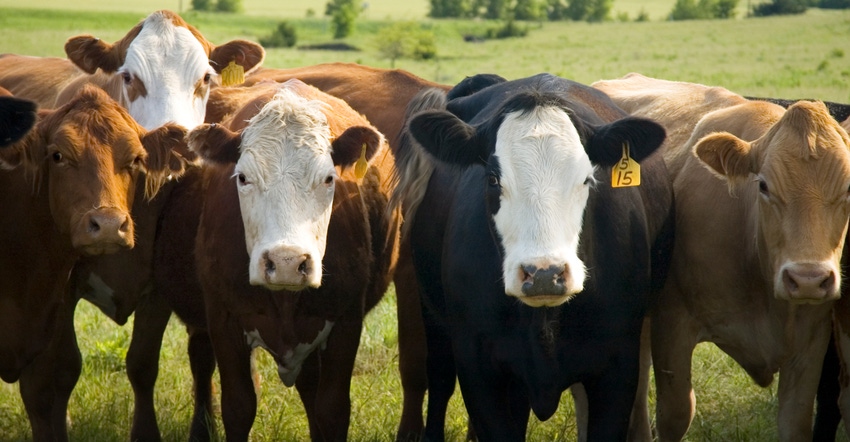
If beef cattle producers don’t start changing the way they handle parasites in herds now, they may risk the effectiveness of dewormers in the future.
That’s the message from Christine Navarre, Louisiana State University Extension veterinarian. Speaking on dewormer resistance, she warns, “I don’t see any new products in the pipeline. If we don’t change what we have been doing, back off to be sustainable long term, if we keep doing what we are doing, we are not going to have any products available to us.”
The goal, she explains, is to minimize short-term economic losses and health problems while being sustainable long term. To do that requires a shift in mindset from a deworming program to a parasite-control program. Navarre offers insight on how to make that switch.
Develop a plan
A parasite-control program is about managing worm load in a herd, and for that, Navarre relies on refugia.
Refugia is that population of worms still susceptible to control — where dewormers still work. These are “good” worms to be in a population, Navarre says, as they breed with the resistant worms and dilute the overall worm population.
Otherwise, she notes, if you deworm all the herd, there are only resistant worms breeding with resistant worms — then we only get resistance. “We need to protect some good worms” without affecting economics or the health of the herd.
To do this, she says cattlemen should consider not treating older cows or a small percentage (10% to 30%) of young cattle, such as replacement heifers or stockers. She says that percentage should come from working with a veterinarian to conduct on-farm diagnostics of worm load for the herd, and determining how well the dewormers are working. This includes fecal sampling.
Once we know how many NOT to treat, selection can be based either on weight — don’t treat the heaviest animal — or random — don’t treat the 10th animal coming through the chute, for example.
As always, there are exceptions. Every animal should be individually assessed, but following are some general recommendations:
Don’t deworm all the cows. While a simpler approach, Navarre says this group of cattle is not the most susceptible in the herd. Actually, this mindset may be compounding resistant worm populations in the herd. She says older cows can carry susceptible worms (refugia). These worms are needed in the population to dilute out the resistant strains. Plans to stop deworming adult females should only be done if other stressors are well-managed, especially nutrition and liver flukes, and with fecal exam monitoring. The long-term goal is to select females that survive the parasite pressure on a given ranch.
Make young cattle and bulls a target. Navarre says cow-calf producers should develop a program for calves, replacement heifers and bulls, as they are the most susceptible to parasites. A program taking into account leaving some refugia is still necessary. This may involve treating with two classes of dewormer at the same time, leaving a small percentage untreated. The specifics vary and should be based on pasture management and diagnostic testing.
Focus on breed. Certain breeds, such as Brahman or Brahman-influenced cattle, are thought to be more susceptible to certain worms. While these cattle may be resistant to external parasites, they do not have the same resilience to some internal parasites So, make deworming choices accordingly.
Monitor herd additions. Replacement cattle from other locations may bring in parasites. And cattle coming from Western states or the very southern tip of Florida and Texas, where there is little parasite exposure, may not have had time to develop age-related immunity, Navarre says. These cattle need to be monitored closely, especially when brought to areas where parasites thrive.
Get the vet involved
The needs of each cattle operation are different, Navarre says. Cattle producers should talk to their vet about their operation, including grazing management practices and diagnostics, to determine the best parasite-control options for their herd.
For Navarre, the bottom line is a targeted selective treatment approach — focus on calves, young females and bulls, and work toward selecting adult cows that fit the ranch environment, including parasite pressure.
About the Author(s)
You May Also Like






